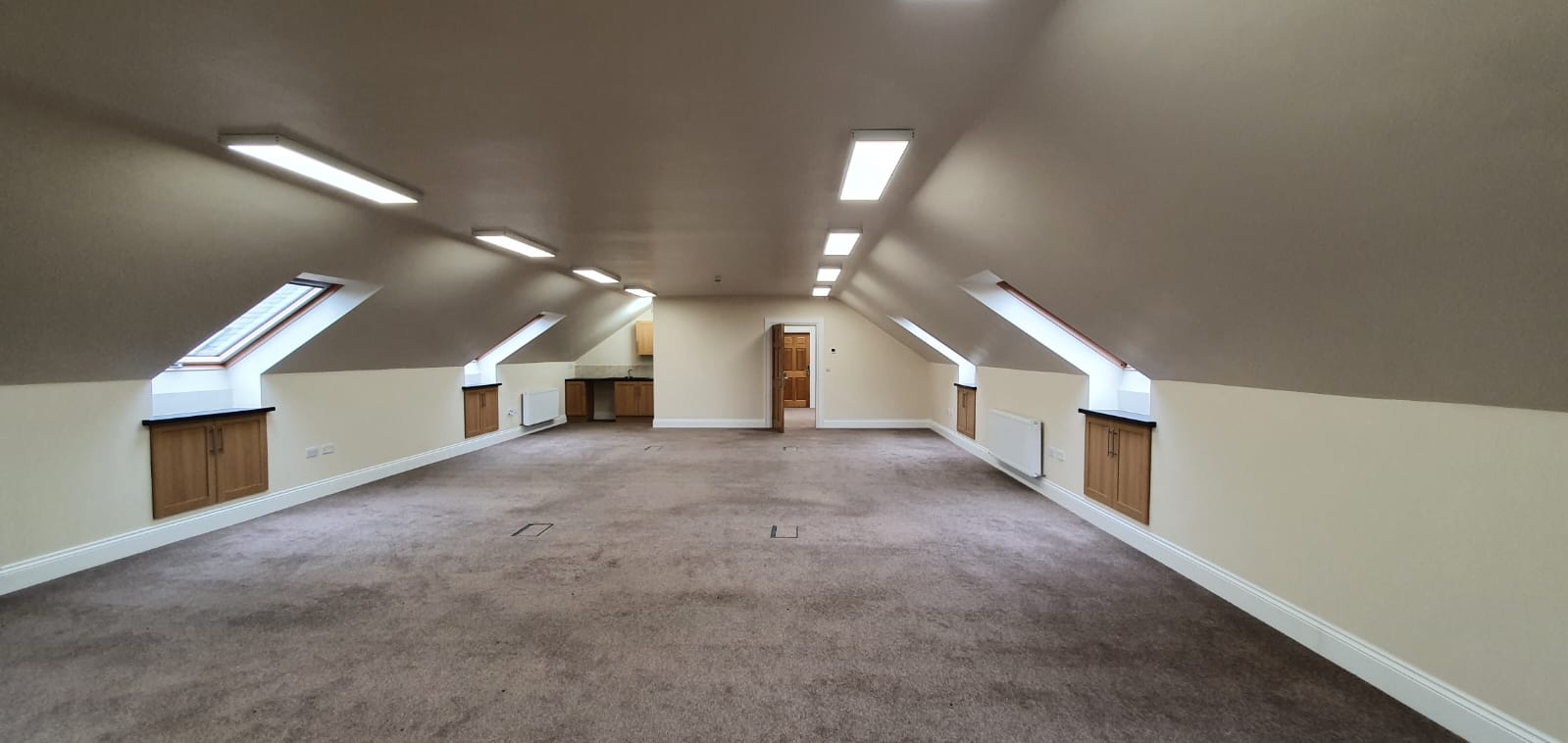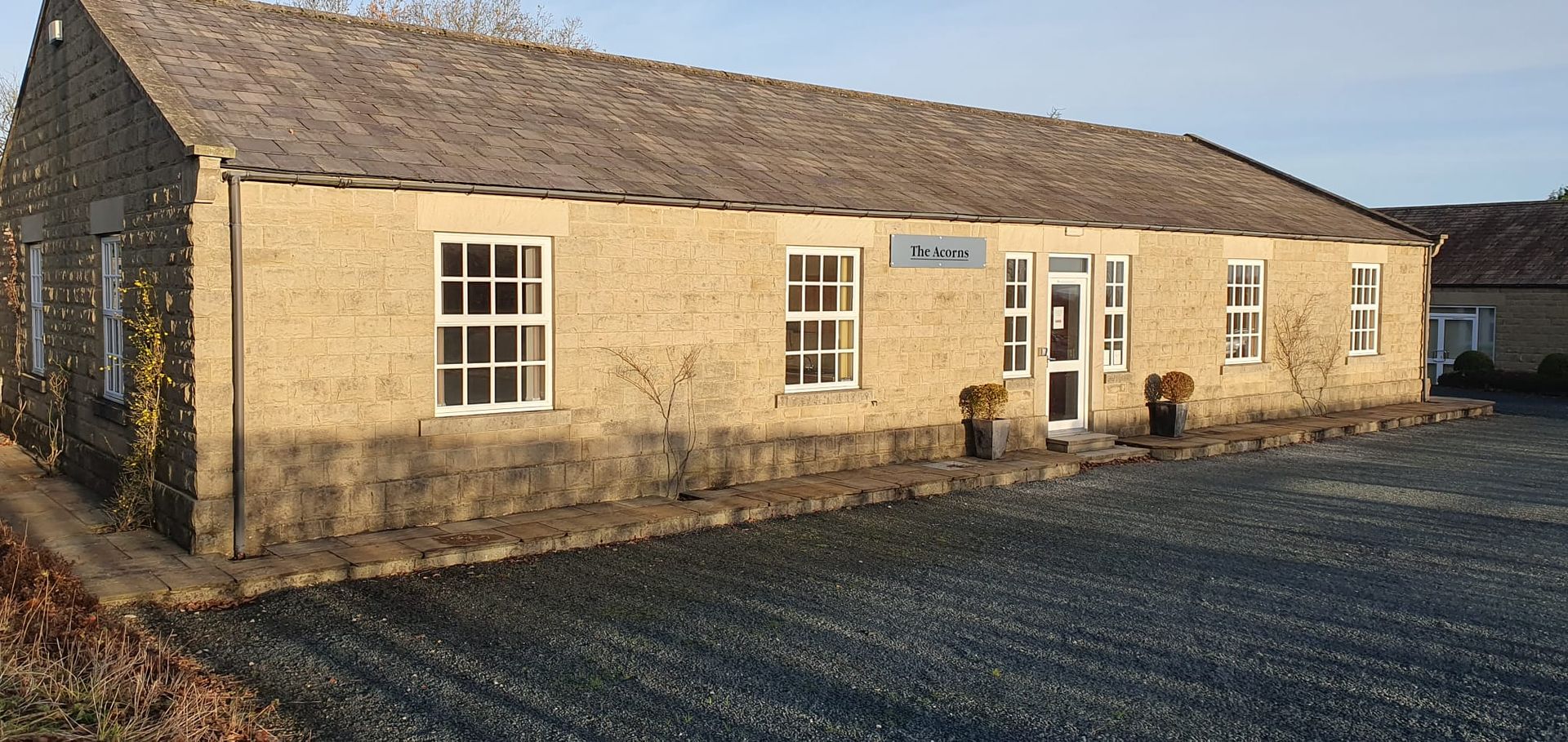How Your Work Environment Impacts Seasonal Affective Disorder (SAD) and What You Can Do About It

Seasonal Affective Disorder (SAD) is a type of depression that typically occurs during the winter months when daylight hours are shorter. It affects many people, leading to symptoms such as low energy, mood swings, and difficulty concentrating. One often-overlooked factor in managing SAD is the work environment. Since we spend a significant portion of our waking hours at work, understanding how this environment impacts SAD and taking proactive steps can make a substantial difference in managing symptoms and improving overall well-being.
The Impact of Work Environment on SAD
1. Limited Natural Light Exposure
One of the primary triggers of SAD is the lack of exposure to natural sunlight. Work environments with poor lighting can exacerbate the condition by depriving employees of the natural light needed to regulate their internal body clocks and boost serotonin levels. Offices with inadequate windows or harsh artificial lighting can contribute to feelings of gloom and lethargy.
Impact:
- Disrupted Circadian Rhythms: Limited natural light can disrupt your body’s natural sleep-wake cycle, leading to poor sleep quality and increased symptoms of depression.
- Decreased Mood and Energy Levels: Lack of sunlight can lead to reduced serotonin levels, which are essential for mood regulation and energy.
2. Poor Indoor Air Quality
Indoor air quality can also affect mental health. Offices with poor ventilation, high levels of indoor pollutants, and low humidity can create an uncomfortable work environment, which may exacerbate symptoms of SAD.
Impact:
- Respiratory Issues: Poor air quality can lead to respiratory problems, contributing to overall discomfort and decreased well-being.
- Fatigue and Discomfort: Poor ventilation and dry air can make you feel physically unwell, which can compound the feelings of fatigue and low energy associated with SAD.
3. Lack of Personal Space and Comfort
A work environment that lacks personal space and comfort can increase stress levels and affect mental health. Crowded, noisy, or ergonomically poor workspaces can lead to additional stress, making it harder to manage SAD symptoms.
Impact:
- Increased Stress: A cluttered or uncomfortable workspace can heighten stress, which can exacerbate symptoms of SAD.
- Decreased Productivity: Discomfort and stress can lead to decreased productivity and concentration, which can further affect mood and overall well-being.
How Oakwood Park Business Centre Can Help Offset the Impact of SAD
At Oakwood Park Business Centre, thoughtful design and a commitment to creating a pleasant work environment directly address the factors that impact SAD. Here’s how working at Oakwood Park can help mitigate the effects of Seasonal Affective Disorder:
1. Bright Modern Lighting
Oakwood Park Business Centre features bright, modern lighting that simulates natural daylight, helping to counteract the effects of reduced sunlight exposure during the winter months. This thoughtful lighting design supports the regulation of circadian rhythms and boosts mood and energy levels.
Benefits:
- Improved Mood: Bright, natural-like lighting can help lift spirits and combat feelings of gloom associated with SAD.
- Enhanced Focus: Better lighting conditions contribute to improved concentration and reduced mental fatigue.
2. Rural Landscaped Gardens
The Centre’s rural setting, complete with beautifully landscaped gardens, offers employees easy access to nature. Spending time in these green spaces can have a calming effect, reduce stress, and provide a natural boost to mental health.
Benefits:
- Stress Relief: The tranquil rural environment provides a peaceful retreat from
the busy workday, helping to lower stress levels and promote relaxation.
- Mood Enhancement: Regular exposure to the natural beauty of landscaped gardens can elevate mood and provide a mental break from work-related stress.
3. Pleasant Work Environment
Oakwood Park Business Centre is designed with comfort and well-being in mind. The modern, airy spaces and attention to ergonomic design create a welcoming and supportive work environment. This contributes to overall employee satisfaction and helps in managing symptoms of SAD.
Benefits:
- Comfort and Well-being: A pleasant and ergonomically designed workspace reduces physical discomfort and stress, which can help mitigate SAD symptoms.
- Positive Work Atmosphere: A well-designed environment enhances overall job satisfaction and fosters a positive and productive atmosphere.
Strategies for Improving Work Environments to Manage SAD
1. Enhance Natural Light Exposure
Maximizing natural light in the workplace can significantly benefit those with SAD. If your office lacks sufficient windows, consider using light therapy lamps designed to simulate natural daylight.
Solutions:
- Position Workstations Near Windows: Arrange workspaces near windows to take advantage of natural light.
- Use Full-Spectrum Lighting: Invest in full-spectrum light bulbs that mimic natural sunlight to improve indoor lighting.
2. Improve Air Quality
Enhancing indoor air quality can create a more comfortable and healthier work environment, helping to alleviate some symptoms of SAD.
Solutions:
- Increase Ventilation: Ensure proper ventilation by using air purifiers and regularly opening windows if possible.
- Maintain Humidity Levels: Use humidifiers to maintain optimal humidity levels in the office.
3. Create a Comfortable Workspace
Designing a workspace that promotes comfort and reduces stress can help mitigate the effects of SAD.
Solutions:
- Ergonomic Furniture: Invest in ergonomic chairs and desks to improve physical comfort and reduce stress.
- Personalize Workspaces: Allow employees to personalize their workspaces with items that bring joy and comfort, such as plants or photos.
4. Promote Work-Life Balance
Encouraging a healthy work-life balance is crucial for managing SAD. Flexibility in work schedules can allow employees to get outside during daylight hours and engage in activities that boost mood.
Solutions:
- Flexible Hours: Offer flexible working hours to allow employees to take advantage of daylight hours.
- Encourage Breaks: Promote regular breaks to get outside and engage in physical activity.
5. Support Mental Health
Providing resources and support for mental health can help employees manage SAD more effectively.
Solutions:
- Employee Assistance Programs: Offer access to counseling and mental health resources.
- Mental Health Awareness: Foster a supportive work environment where employees feel comfortable discussing mental health issues.
Conclusion
The work environment plays a crucial role in managing Seasonal Affective Disorder. At Oakwood Park Business Centre, features such as bright modern lighting, beautiful rural landscaped gardens, and a pleasant overall environment directly address key factors that can impact SAD. By maximizing natural light, enhancing air quality, and creating a comfortable workspace, Oakwood Park helps employees manage SAD more effectively. As awareness of SAD grows, integrating these thoughtful design elements into workplace environments can support the mental well-being of all employees, contributing to a healthier, more engaging, and productive work experience throughout the year.


